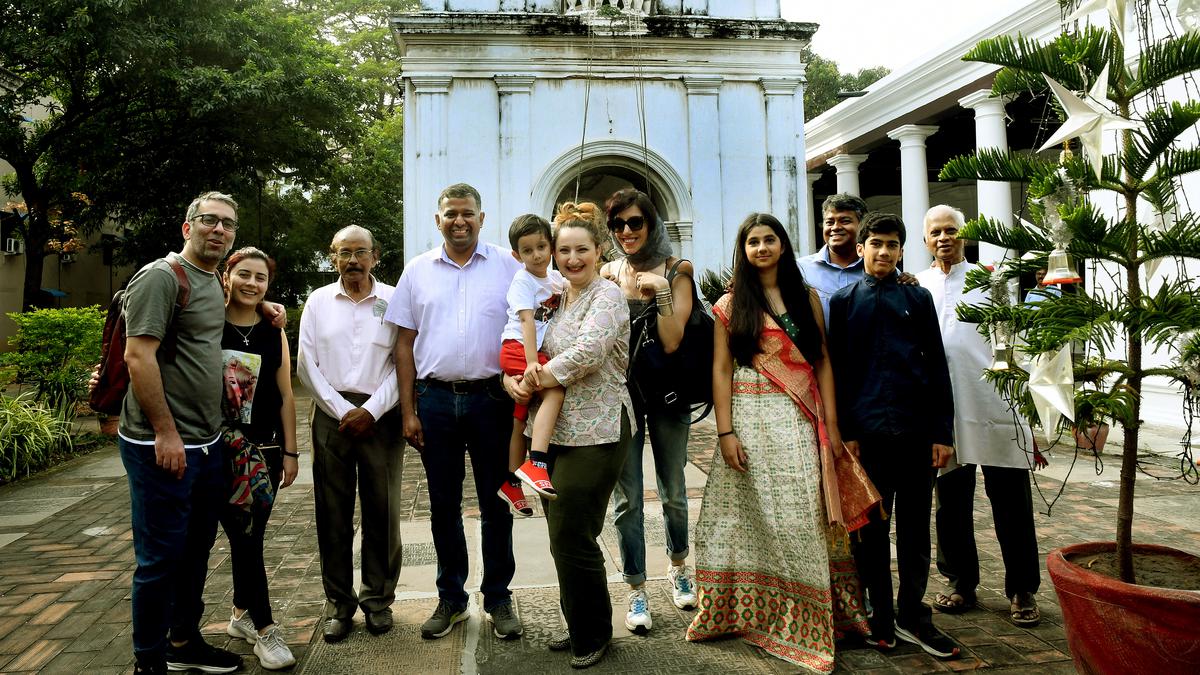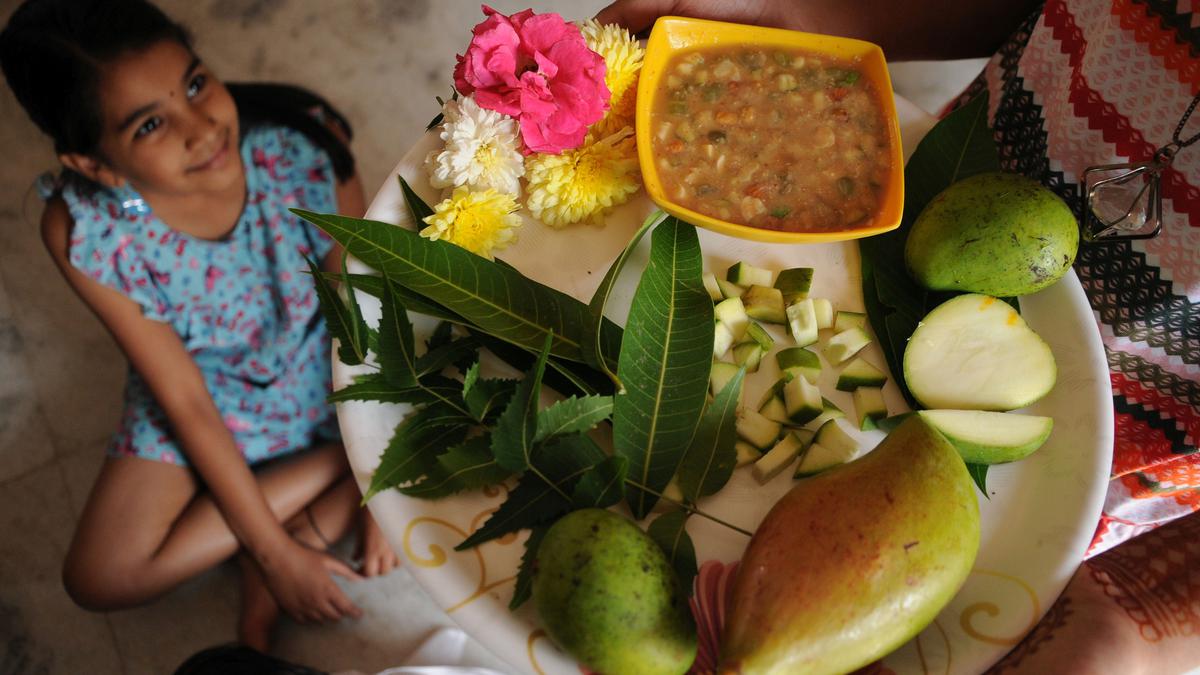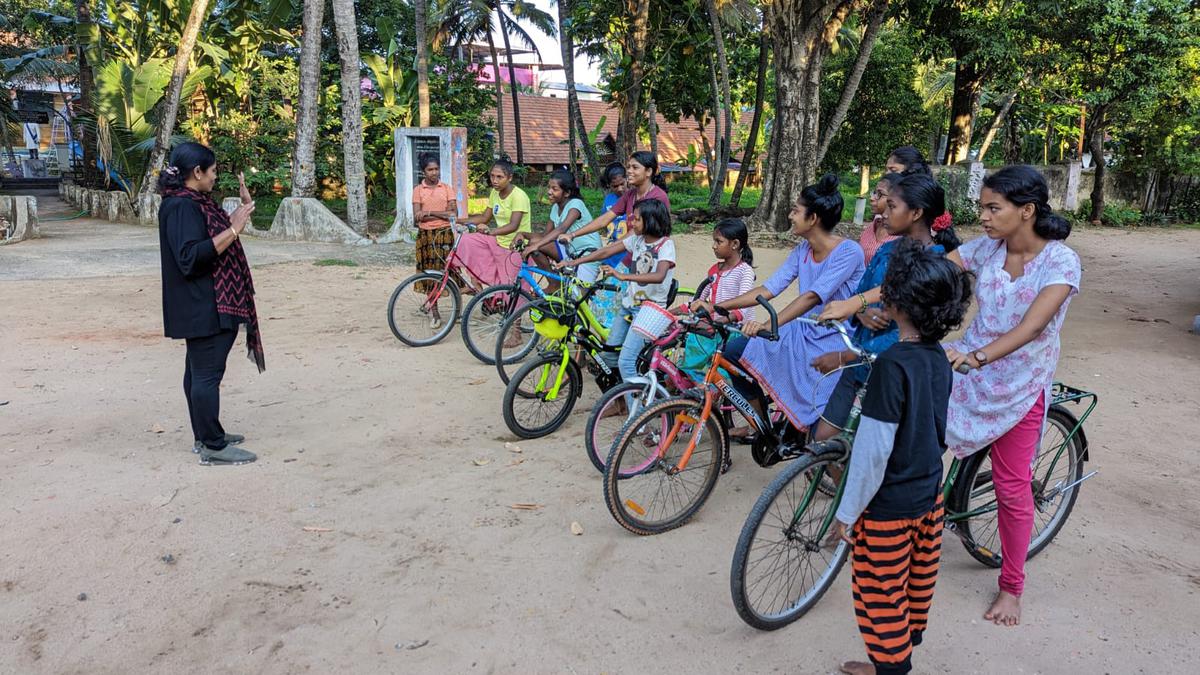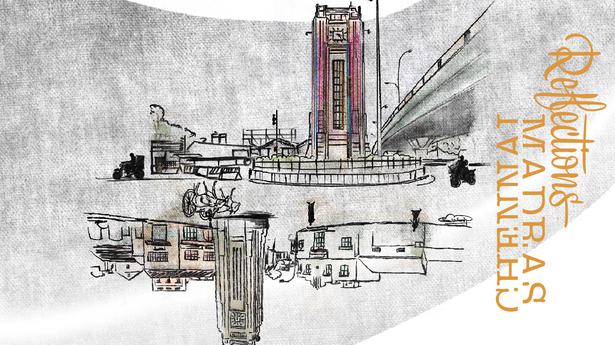When traveller Georges Atamian walked into 311-year-old Armenian Church in Chennai’s Georgetown, clad in a lungi, he did not expect to find an instant family. A symbol of the city’s Armenian links, the Armenian Church of the Virgin Mary, flanked by cobblestone pathways and frangipani trees, rarely sees visitors, given that the once-thriving community has dwindled to a few families. However, as luck would have it, Georges’ visit coincided with Armenian Christmas day, traditionally celebrated on January 6, the one day that remaining members of the community gather at the church to celebrate their heritage.
When Georges announced to the motley crowd that he is Armenian, he was greeted with joyous wails and a warmth normally reserved for long-lost family. The three Armenian families who had gathered to celebrate Christmas, quickly began to trace Georges’ lineage. The sweet reunion was sealed by a cup of steaming filter coffee.
Armenians with friends and family gathered at the Armenian Church, Georgetown on January 6 to celebrate Christmas
| Photo Credit:
RAVINDRAN R
In the 16th Century, while fleeing persecution by the Ottoman Turks, this community of merchants found their way into Madras, trading in spices and silks. The oldest tombstone of an Armenian found in Madras is dated 1663. Many were employed at the East India Company, which later granted land to the community to build a church. Around the 1950s, many Armenians started moving to other countries and only very few stayed. Those that remain in the city today are Armenians who have moved to Chennai in lieu of families and other personal interests.
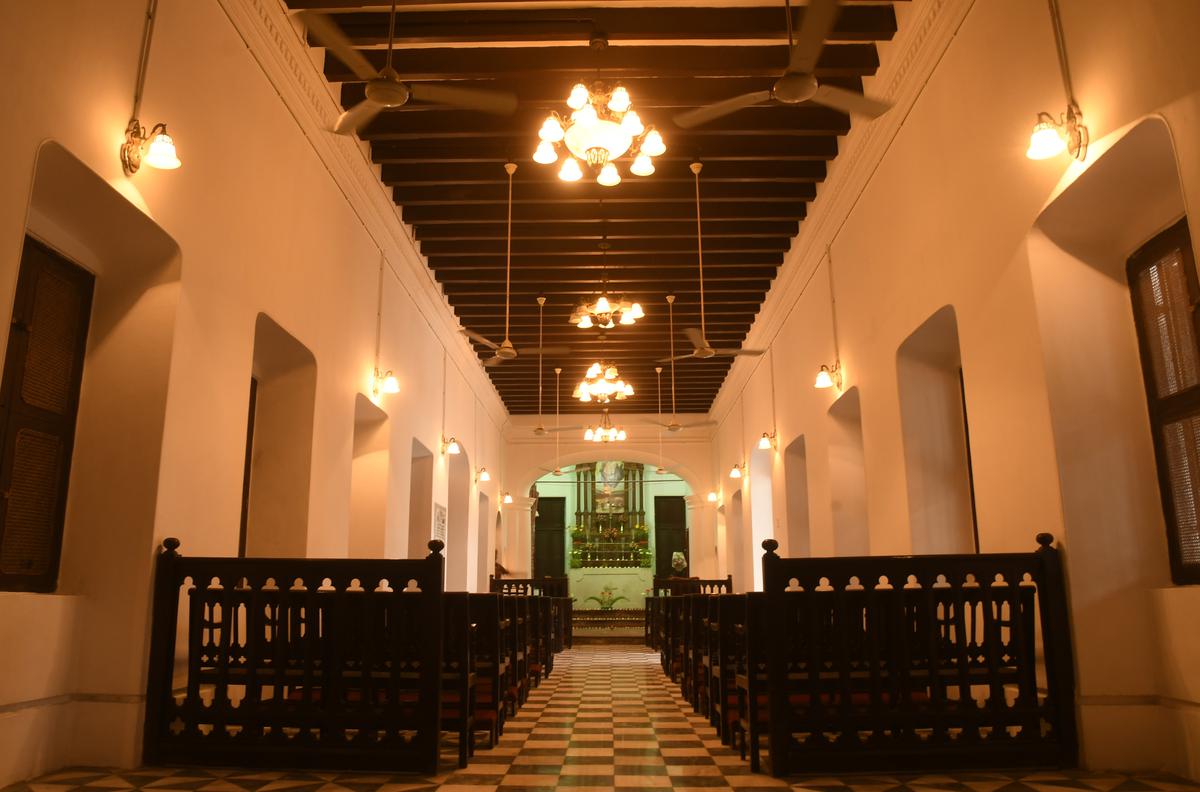
A view from inside the 311-year-old Church
| Photo Credit:
RAVINDRAN R
Ashkhen Khachatryan, who moved to Chennai nine years ago, after marrying city-based Kapilan Jesudian, usually takes charge of getting the few remaining Armenians in the city together. There are only five Armenians remaining in the city, she says, with most married to Indians. .
Every year, after a short prayer at the church, the gathering moves to her home for lunch: pilaf with dry fruits, fish and salad. The meal usually ends with Armenian gata, a sweet buttery pastry, for dessert. Last year, despite the pandemic, the community stuck to tradition. But every year, as the Armenians move away, fewer people gather for Christmas.
Armen Makarian, an Iranian-Armenian who is now settled in Yerevan, flew to Chennai to attend a local friend’s wedding. He didn’t want to miss Christmas at the church. He has fond memories of the church and its people from the time he did his Master’s degree in Madras Christian College. “I came with my four brothers to India to study. They are all in different places now. But one of my brothers is still in Kolkata,” he says.
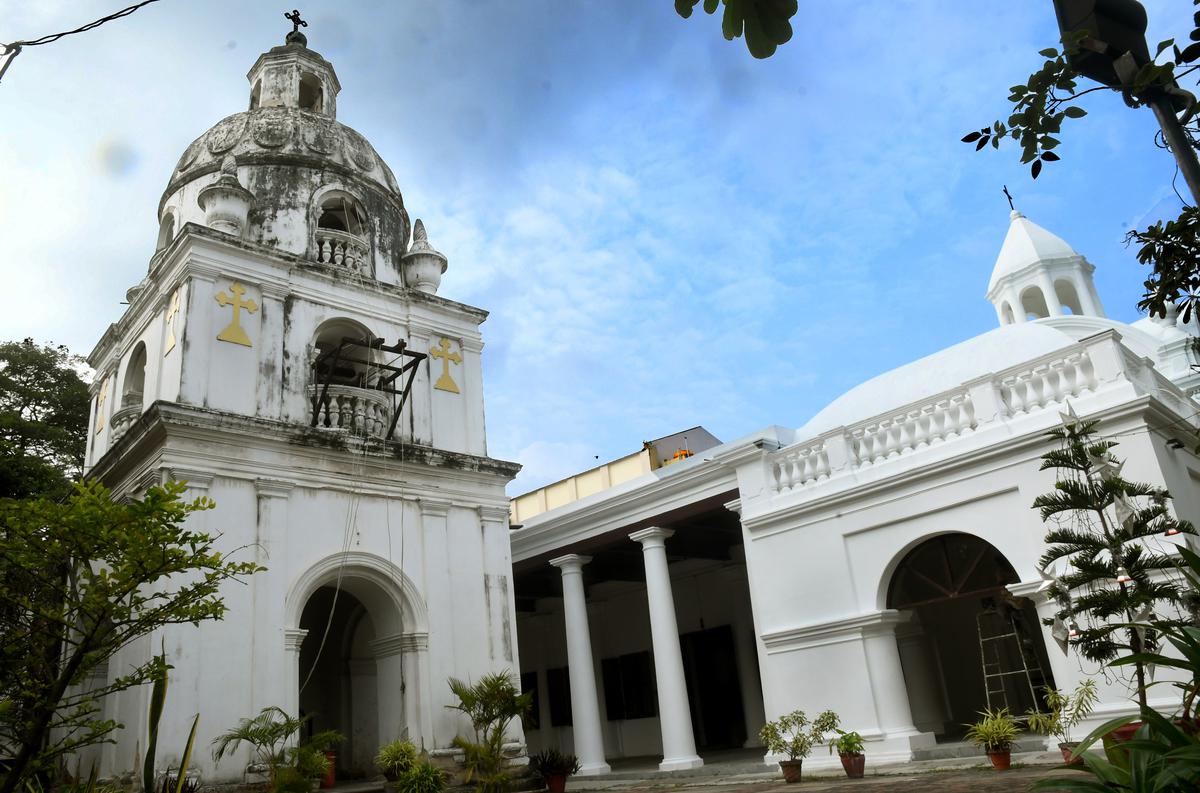
Armenian Church of the Virgin Mary
| Photo Credit:
RAVINDRAN R
Nane Artsruny arrived in India almost eight years ago, in pursuit of “her lover” and yoga. She says, “When I first came to Chennai, I started searching for Armenians in the city. I found Armen and Medrik [Armen’s college mate who was also Armenian].” Armen quips in, “Yes, we all went to Besant Nagar!” With over 17 years of experience practising yoga, Nane’s dream is to open a wellness centre. She has travelled around India, to Kolkata, Rajasthan, Delhi, Mumbai, Puducherry… “but Chennai is my favourite city in the country.”
The church, built in 1712, was torn down between 1746 and 1749 during the French occupation of Madras. It was later consecrated in 1772. Today, the street that gets its name from the church, is dotted by black-robed lawyers from the High Court nearby, and an array of makeshift street stalls. The lintel that reads Armenian Church, 1712 is almost lost in the chaos. But as one enters, the frenetic pace of Georgetown stills. The church is currently undergoing renovations in preparation for a service later in the year. While the main structure that houses the altar sports a freshly-painted sheen, the belfry and cloisters in the entrance show signs of time.
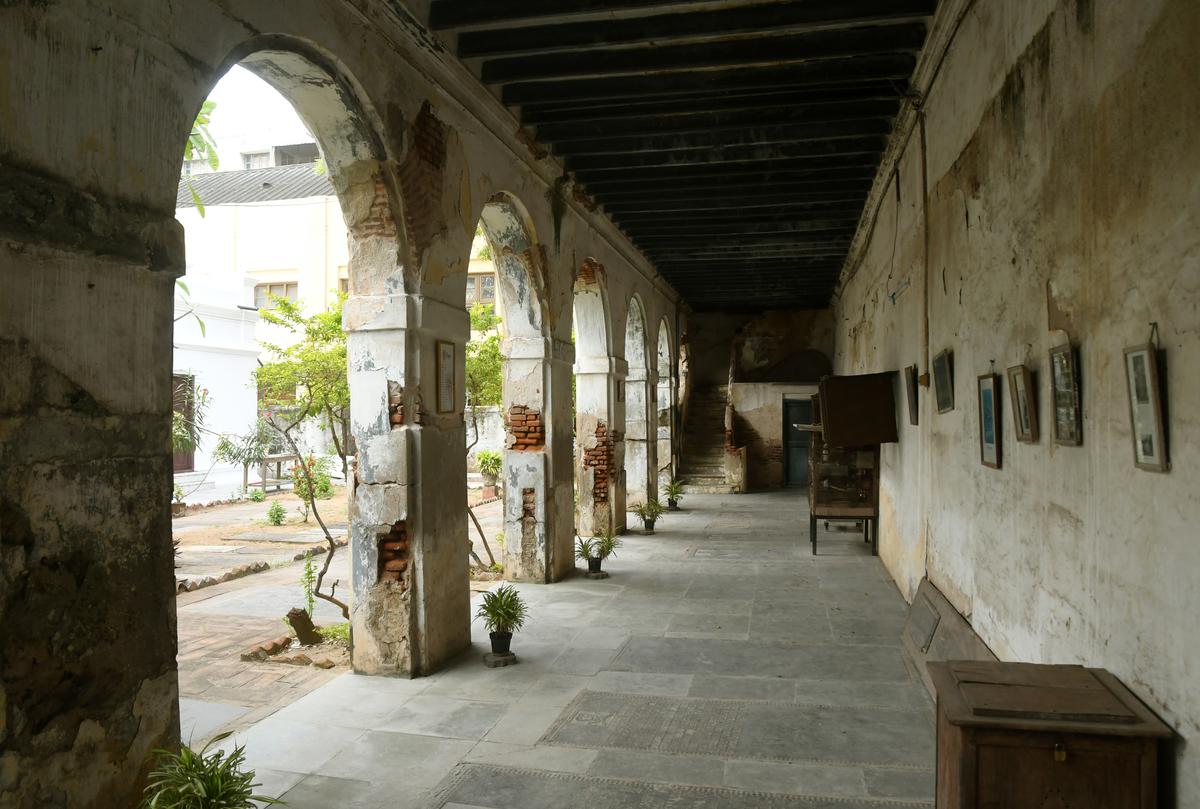
The worn-down cloisters at the entrance of the Church
| Photo Credit:
RAVINDRAN R
“Old Armenian churches from the 4th Century are designed to be strong, to withstand natural disasters. This church is slightly different from how they are in Armenia, but the bell tower looks the same,” says Ashken. As Armen tugs as the bell-ropes in a steady rythm, the mighty chimes echo through a labyrinth of tamarind and mango trees, “The bell tower is my favorite part of the church,” says Nane, nodding to the familiar sound. “When the bells are rung, they give me life.”


